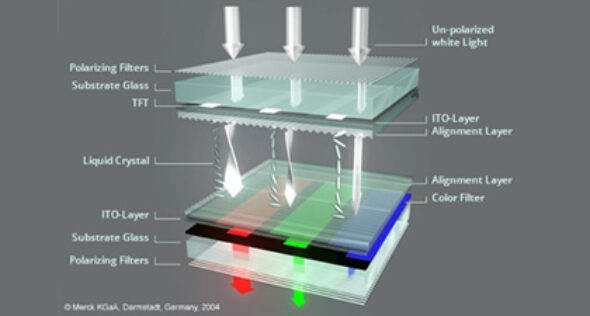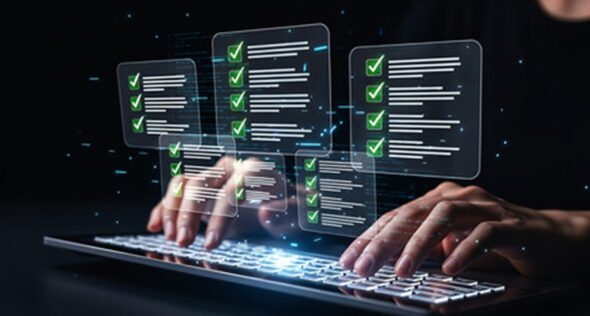The future of television: toward virtual displays
Technological and cultural evolution is pushing television beyond the limits of the physical screen. From old CRTs to LCDs and now to the latest OLEDs, the “TV” has always been tangible. Today, with the advance of augmented reality (AR), virtual reality (VR), and mixed reality (MR), we are approaching a new era: that of virtual displays, where content will no longer appear on a device but be immersed within our field of vision.
1. From screen to virtual environment
Media consumption will shift from physical displays to interactive digital environments, accessible through:
- AR/VR headsets like Apple Vision Pro or Meta Quest
- Next-generation XR glasses, lightweight and transparent
- Smart contact lenses (such as Mojo Vision prototypes)
- Retinal projection systems that send images directly to the human eye
2. Why choose virtual displays
Adoption of immersive technologies is driven by tangible advantages:
- Infinite screens, free from physical size or space limits
- Total portability: the “TV” travels with the user anywhere
- Personalized viewing for each spectator in the same environment
- Immersive storytelling that turns films and series into 360° explorable worlds
3. Key technologies driving the change
The new ecosystem is built on hardware and software innovations:
- High-resolution microLED or laser-based AR glasses
- 5G and 6G networks for real-time, low-latency streaming
- Cloud rendering for lighter, remotely processed headsets
- Eye-tracking and foveated rendering to optimize performance and visual comfort
- Spatial audio that recreates realistic sound without physical speakers
4. Entertainment beyond the screen
Virtual displays will redefine what it means to “watch”:
- Interactive series with multiple narrative and viewpoint choices
- Holographic events and concerts viewable from any angle
- Immersive social experiences where friends and family meet as avatars in shared virtual spaces
5. Challenges ahead
The transition introduces new complexities:
- Visual comfort and health concerns during extended headset use
- High costs of premium AR/VR devices
- New production languages for filmmakers and studios
- Digital divide due to unequal access to fast internet and capable hardware
6. Transition phases
- 2025–2030: Initial spread of personal AR glasses; coexistence of physical TVs and virtual displays
- 2030–2040: Mass adoption of lightweight, affordable devices; gradual decline of traditional televisions
- Beyond 2040: Virtual and mixed reality become the standard, with physical TVs reduced to niche or collector items
7. A deep cultural transformation
The way we experience media will change radically. People will no longer gather around a shared screen but within shared virtual spaces, independent of location. The concept of “prime time” will lose meaning, replaced by fully personalized, continuous viewing experiences.
Conclusion
The future of television will not be a larger or thinner rectangle, but the disappearance of the rectangle itself. Virtual displays will mark the transition from a static medium to an immersive, interconnected experience—where content becomes environment, and the viewer becomes part of the scene.






